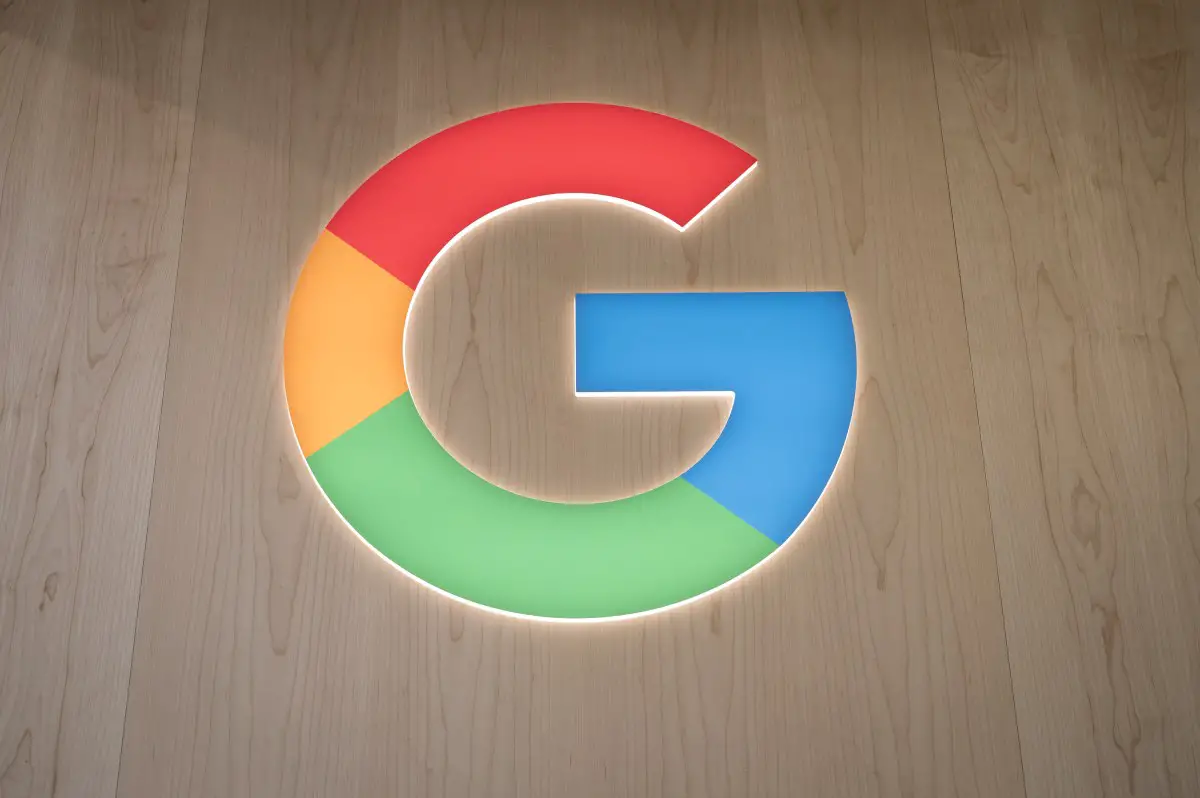This week, Google joined a $250 million deal with the state of California to support California newsrooms. While the deal offers a much-needed cash infusion for an industry that’s seen crippling layoffs this year, the deal’s been criticized by some as a half-measure — and a cop-out.
By agreeing to this deal, Google averts bills that would have forced it and other tech companies to pay news providers when they run ads alongside news content on their platforms.
The Media Guild of the West (MGW), the local chapter of the journalism labor union the NewsGuild-CWA, denounced the deal in a post on X, calling it a shakedown.
“After two years of advocacy for strong anti-monopoly action to start turning around the decline of local newsrooms, we are left almost without words,” MGW said in a statement. “The publishers who claim to represent our industry are celebrating … minimum financial commitments to Google to return the wealth this monopoly has stolen from our newsrooms.”
But what would the Google agreement actually accomplish, should it be approved by California’s policymakers? And are there any reasons to be optimistic?
Five years of funds
Last year, California Assemblymember Buffy Wicks introduced a bill, AB 886, that would’ve mandated certain platforms pay publishers a percentage of their ad revenues in exchange for linking to those publishers’ articles. Senator Steve Glazer introduced a second bill, SB 1327, that would’ve levied a 7.25% tax on ad revenue to create a tax credit for newsrooms.
The $250 million Google deal leaves both proposals dead in the water.
Instead of imposing a fee structure, the deal will draw on funding from Google, taxpayers, and potentially other private sources to establish two programs: the News Transformation Fund and the National AI Innovation Accelerator.
Administered by UC Berkeley’s Graduate School of Journalism, the News Transformation Fund will support newsrooms (excluding broadcasters) based in California. Taxpayers’ contributions amount to $70 million while Google is pledging to give at least $55 million for a grand total of ~$125 million, with the funds to be doled out to news organizations based on how many reporters they employ. Funds will be distributed over a five-year period.
Twelve percent or more of the News Transformation Fund’s pool will go toward “locally focused” publishers and publications aimed at underrepresented groups, reports The New York Times. Google will pay $15 million into the News Transformation Fund in the first year and “at least” $10 million in each of the following years; California taxpayers will provide $30 million in the first year and $10 million in each of the next four years.
The National AI Innovation Accelerator has a different, more tech-driven mission. With $62.5 million from Google over five years, it’ll provide “organizations across industries and communities” with funding to experiment with AI to “assist them in their work,” according to a press release. The funds “will be administered in collaboration with a private nonprofit,” the release reads, “and will provide organizations from journalism, to the environment, to racial equity and beyond with financial resources and other support.”
You’ll notice that Google’s financial commitments come to $117.5 million — short of the $250 million figure quoted in the release. That’s because the remainder ($132.5 million) is in the form of replenishments to the company’s existing programs to support journalism, the Google News Initiative and partnerships through Google News Showcase, Google says.
Pros and cons
The initiatives, slated to go live sometime in 2025, drew praise from California governor Gavin Newsom and the California News Publishers Association (CNPA), a nonprofit trade association representing California newspapers.
“The deal not only provides funding to support hundreds of new journalists but helps rebuild a robust and dynamic California press corps for years to come, reinforcing the vital role of journalism in our democracy,” Newsom said in a statement. CNPA called the agreement “a first step toward what we hope will become a comprehensive program to sustain local news in the long term.”
Others were skeptical it’s a slam dunk.
Senate president pro tempore Mike McGuire questioned legislative support for California’s share of the deal. And Senator Glazer called it “completely inadequate,” noting that Google is the sole tech company participating. (OpenAI is contributing technology, but not any money.)
“There is a stark absence in this announcement of any support for journalism from Meta and Amazon,” Glazer said in a release. “These platforms have captured the intimate data from Californians without paying for it. Their use of that data in advertising is the harm to news outlets that this agreement should mitigate.”
Glazer also suggests Google is paying less than its fair share — and at least one study supports his argument. Researchers at Columbia, the University of Houston, and consulting firm the Brattle Group estimate that Google owes U.S. publishers 50% of the value added to their platforms by news, which they peg at between $10 billion and $12 billion in revenue sharing annually.
Declining revenue
The past six months have been brutal for the news sector.
The industry could be on track to shed 10,000 jobs this year, per Fast Company. That’d be an improvement from last year, which saw over 21,400 journalism jobs eliminated — but it’s hardly a sunshiney outlook.
California has had a particularly rough go of it. According to a 2023 Northwestern Medill School of Journalism report, the state has lost one-third of its publishers and 68% of its journalists since 2005. The Los Angeles Times, the largest metro daily newspaper in California (and the U.S.), cut more than 20% of its newsroom in January — one of the largest cuts in the paper’s 142-year history.
What’s causing the decline? Many factors, from slow-growing ad budgets to inflation (which has harmed subscription growth). The struggle to find a sustainable business model hasn’t been helped by Big Tech, either, whose search and feed algorithm changes — and AI-generated overviews — have reduced publisher traffic.
Pundits argue that tech has also trained people to expect free content — close to half of Americans get their news from social media (despite frequent inaccuracies) — and captured an increasing share of ad dollars at the expense of publishers. Approximately 60% of global ad spend is now funneled toward Big Tech companies, including Google and Meta; one study found that broadcasters lose nearly $2 billion in ad revenue annually to Google’s and Meta’s platforms.
Tech companies have historically played hardball when faced with efforts to fund journalism through fees levied on their platforms.
In opposition to Wicks’ bill, Google said it was considering temporarily blocking news websites from some California users’ search results. Abroad, the company fought bills in Australia and Canada that would’ve forced it to compensate publishers — in 2021 threatening to leave Australia if the government’s proposed legislation went through. After France implemented an EU law to grant publishers the right to charge for aggregation of their content, Google said that it would remove snippets from Google Search. And in Spain, which passed a similar law in 2014, Google shut down Google News altogether.
Google has since made arrangements with publishers in those countries through the aforementioned Google News Showcase, its program launched in 2020 that pays selected outlets on Google’s own terms. At last count, Google had around 180 publications in the program; the company claims it’s committed over $1 billion to journalism since 2020.










